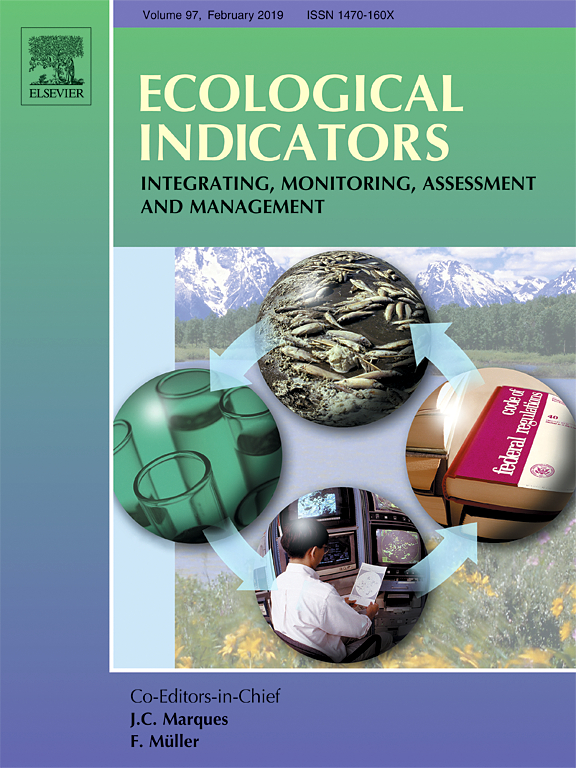Community-based Forestry (CBF) is now a popular approach for landscape restoration, forest management, biodiversity conservation and support for rural livelihoods worldwide. The Himalayan country Nepal has been at the forefront of CBF for over four decades, with almost 40% of the total population directly involved in protecting and managing more than 32% of the country’s forested land. However, in the past, the focus of CBF in Nepal was the provision of goods for local subsistence, and there has been limited analysis of the role of CBF in providing ecosystem services (ES) from restored forest landscapes. Based on material drawn from a literature review and a stakeholders’ workshop, this paper analyses changes in Nepalese forest policies to provide a more holistic framework for CBF that provides a wider range of ES and to potentially underpin payments for ecosystem services in Nepal. The analysis indicates that Nepal’s forest policy and practices are still dominated by a narrowly conceived notion of forest management that does not accommodate the holistic concept of ES. The study illustrates that CBF provides many ES from local to global benefits as result of forest restoration. For example, timber, firewood, food, and water have local importance, while climate regulation, flood/erosion control, and habitat improvement have global importance. Many innovative cases are emerging in the long journey of CBF in Nepal that demonstrate more diverse management strategies, new forms of tenure rights and autonomy in institutional spaces. These can potentially provide a catalytic platform for the wider adoption of the ES framework in CBF regimes, in order to focus and reward forest management more directly for the provision of services such as water, biodiversity, climate regulation and recreation. Consequently, this study discusses the issues and challenges that are impeding the implementation of the ES concept in Nepal and suggests some ways forward.
Download:
DOI:
https://doi.org/10.1016/j.landusepol.2017.01.046
Dimensions Citation Count:

Publication year
2017
Authors
Paudyal, K.; Baral, H.; Lowell, K.; Keenan, R. J.
Language
English
Keywords
ecosystem services, community forestry, sustainability, livelihoods, forest policy, biodiversity, ecological restoration, forest management
Geographic
Nepal
























